This article was medically reviewed by Erik Kramer, DO, MPH. Dr. Erik Kramer is a Board-Certified Primary Care Physician at the University of Colorado. With over 15 years of experience, his clinical interests include obesity and weight management, diabetes care, and preventive care, as well as embracing a holistic approach to primary care. He received his Doctorate in Osteopathic Medicine (D.O.) from the Touro University Nevada College of Osteopathic Medicine and completed his residency at Central Maine Medical Center. Dr. Kramer is a Diplomate of the American Board of Obesity Medicine.
There are 10 references cited in this article, which can be found at the bottom of the page.
This article has been viewed 8,004 times.
A lionfish, while beautiful, can deliver a nasty and painful sting. If you’ve been stung by one of these fish, don’t panic. The wound is not life-threatening and rarely causes complications. Get to a safe area and administer first aid right away. With a quick response, you can treat this sting without any lasting problems.
Steps
Applying Immediate First Aid
-
1Recognize the pain and other symptoms of a lionfish sting. The most common symptom of a lionfish sting is a sharp, burning pain that radiates out from the sting site. This pain gets progressively worse and lasts for several hours. Other symptoms are severe swelling, abdominal pain, and a rapid heartbeat.[1]
- In all likelihood, if you're stung by a lionfish, you'll know immediately. Getting stuck with the spines is painful on its own, and you'll probably see the lionfish swimming away.
- The pain from the sting typically sets in within 3-4 minutes.
-
2Remove any jewelry near the sting site. Lionfish venom causes swelling, so any jewelry could cut off the circulation to the wound site. Remove these before applying first aid so they don’t get stuck.[2]
- Most lionfish stings are on the hands. In this case, remove any rings or bracelets so doctors don’t have to cut them off later.
- Also remove any pieces of clothing that could cut off your circulation when the area swells, like your glove.
Advertisement -
3Pull out any pieces of spine left in the wound. Some spines may be left in the wound after breaking off the lionfish. Inspect the wound and look for any black, stick-like objects in it. Pull these out so they don’t keep releasing venom.[3]
- If the spines are stuck and won’t come out, leave them in place. Let medical professionals remove them later.
-
4Wash the area with warm, clean water and soap. Let the water flow over the wound to flush out any foreign objects and remaining venom. Then scrub the wound lightly with mild soap. Flush the wound out again with water to remove all the remaining soap.[4]
- The best option is holding the wound under a faucet. If you’re not near a faucet, then a hose will work as well.
- Don’t use cold water. This will make the pain worse.
- Use fresh water to clean the wound. If you are at the beach, do not use ocean water.
- If you don’t have access to clean water or soap, you can use disinfectant wipes from a first aid kit, or rubbing alcohol.
-
5Apply pressure to stop the bleeding if necessary. Depending on how deep the wound is, you may be bleeding after removing the spines. Take a clean towel or sterile gauze and press them down over the wound. Hold them in place until the blood stops flowing.[5]
- Depending on how long ago you got stung, this could be very painful. Work through the pain and press down to stop the bleeding.
-
6Submerge the wound in hot, non-scalding water for 30-90 minutes. Hot water neutralizes the lionfish venom and prevents it from entering the bloodstream. The venom is protein-based, and heat helps break it down. Fill a bowl with hot, non-scalding water. Increase the heat until it’s as hot as you can tolerate. Dip the wound into the bowl and leave it there for at least 30 minutes. Re-heat the water as needed to keep the pain down.[6]
- Test the water first by just dipping your fingertip in. If you can’t tolerate the heat, then make the water cooler.
- Don’t make the water hotter than 113 °F (45 °C) or you could get burned.
- If you don’t have access to hot water, heating pads or packs will also work.
- It’s very important not to use ice on a lionfish sting, even if you see swelling. The cold will intensify your pain. Stick to heat for the first 2 hours after the sting.
-
7See your doctor and have the wound inspected. While lionfish stings usually heal on their own, you should let a doctor look at yours to make sure there aren’t any complications. They can clean the wound properly, remove any remaining spines, and check for infections. As soon as possible, make an appointment to let your doctor inspect the injury.[7]
- You could also visit a local urgent care facility if one is nearby. They can clean and dress the wound as well.
- In some cases, lionfish stings can cause tissue necrosis, or death of the affected tissue. The necrosis can spread and cause serious damage if it’s not spotted and treated right away.
-
8Call emergency services if you experience breathing problems. Complications from lionfish stings are rare, but they can happen, especially if you’re allergic to the venom. Serious complications include trouble breathing, chest tightness, and unbearable pain. If you experience these symptoms, call 911 or your local equivalent for immediate medical help.[8]
- The pain could also cause someone to go into shock. Symptoms include anxiety, confusion, dizziness, rapid but weak pulse, shallow breathing, and unconsciousness. Contact emergency services if you see signs of shock in a sting victim.[9]
Helping the Wound Heal
-
1Hold ice on the wound to reduce the pain and swelling. After initially treating the wound with hot water, you can then treat the swelling and pain with cold or ice packs. Wrap the pack in a towel and hold it on the wound for 15-20 minutes. Repeat this treatment 3-4 times per day to control the pain and swelling.
- Only apply ice at least 2 hours after the sting. Any time before that can make the pain worse.
-
2Take pain-relieving medication if you need to. The few days after the sting will be painful, so don’t hesitate to take medication. Any over the counter pain reliever will help reduce the pain. Take any medication exactly as the instructions direct you to.[10]
- Anti-inflammatory drugs like ibuprofen or naproxen are best. These will reduce the swelling and prevent tissue damage.
- If you’re still in pain after taking these drugs, speak with your doctor about a stronger prescription.
-
3Apply antibiotic cream to prevent infections. Any over the counter cream will work. Squeeze a small amount onto a Q-tip or your finger if your hands are clean, and rub a thin layer onto the wound. Cover it with a bandage so it doesn’t rub off.[11]
- Common antibiotic creams are Neosporin, Bacitracin, and numerous generic products. They're all widely available at pharmacies. If you have a first aid kit, there is probably some kind of antibacterial cream in there as well.
- You can also apply the cream to a bandage before putting it over the wound.
- If the pain increases or the wound gets very red or discolored, it may be getting infected. Contact your doctor right away for an exam.
-
4Keep the wound covered with light bandages. This will prevent bacteria and foreign objects from infecting the wound. Wrap the wound lightly so it’s protected. Keep it covered until it heals.[12]
- If you use sticky bandages, make sure the non-stick pad covers the wound.
- If you use gauze wrap, keep them loose to avoid cutting off circulation to the area.
Responding if You’re Stung During a Dive
-
1Alert your dive buddy that you’ve been injured. If you got stung while diving, let everyone around you know. Make the “problem” diving sign by holding your hand out in front of you and shaking it back and forth. Then, point to the wound site. Let your buddy know that you’re ascending by giving a “thumbs up” sign.[13]
- You could also use the “abort dive” signal by making an X across your chest.
-
2Rise to the surface in a controlled manner. While you need to get to the surface quickly, do not rise faster than you normally would. This can cause decompression sickness, which is much more dangerous than a lionfish sting. Rise at the normal rate, taking periodic breaks to let your body adjust to the new pressure.
- It usually takes a few minutes for the poison to start causing pain. This gives you a grace period to reach the surface safely.
- You might be tempted to start rising faster after the pain starts kicking in. Resist that urge and continue rising at the normal rate.
- Don’t keep the wound covered as you rise. Let the wound bleed out so the poison flushes out.
-
3Perform first aid as soon as you reach the surface. After rising in a safe manner, get to land or your boat and begin the necessary first aid. Wash the wound out, control the bleeding, and rinse it with hot water to reduce the pain.[14]
Warnings
- Follow the instructions of lifeguards or medical professionals at the beach. They may put out warnings if lionfish are in the area.⧼thumbs_response⧽
- If you’re diving, don’t go near or try to handle a lionfish. This is a common cause of stings.⧼thumbs_response⧽
References
- ↑ https://www.ncbi.nlm.nih.gov/pmc/articles/PMC4892334/
- ↑ https://empmedic.com/lionfish-invade-the-mediterranean-first-aid-treatment-after-a-sting/
- ↑ https://www.dovemed.com/healthy-living/first-aid/lionfish-sting-first-aid/
- ↑ https://www.poison.org/articles/how-to-treat-a-lionfish-sting-202
- ↑ https://www.dovemed.com/healthy-living/first-aid/lionfish-sting-first-aid/
- ↑ https://www.ncbi.nlm.nih.gov/pmc/articles/PMC4892334/
- ↑ https://www.poison.org/articles/how-to-treat-a-lionfish-sting-202
- ↑ https://www.dovemed.com/healthy-living/first-aid/lionfish-sting-first-aid/
- ↑ https://medlineplus.gov/ency/article/000039.htm
- ↑ https://www.nhs.uk/conditions/jellyfish-and-other-sea-creature-stings/
- ↑ https://dermnetnz.org/topics/marine-wounds-and-stings
- ↑ https://www.tdisdi.com/sdi-diver-news/lionfish-stings-a-divers-nightmare/
- ↑ https://www.sportdiver.com/scuba-diving-hand-signals-every-diver-should-know
- ↑ https://emedicine.medscape.com/article/770764-treatment
- ↑ https://www.dovemed.com/healthy-living/first-aid/lionfish-sting-first-aid/


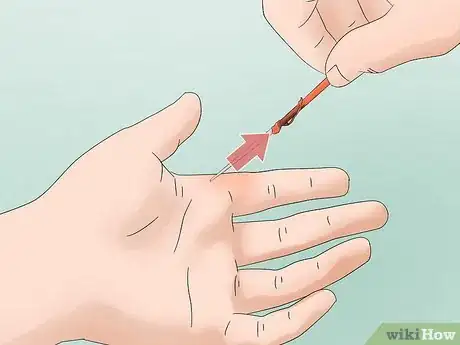
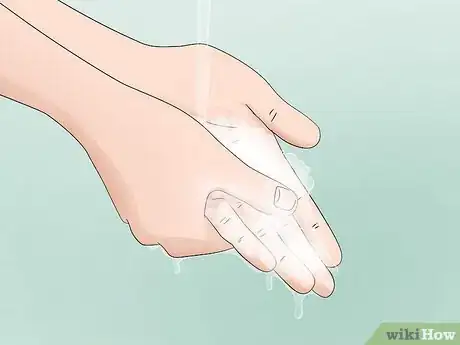


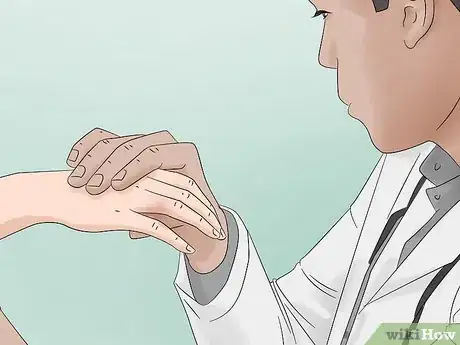

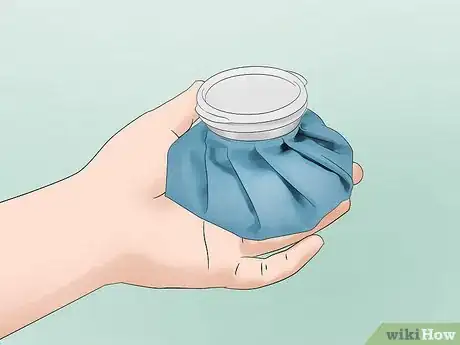

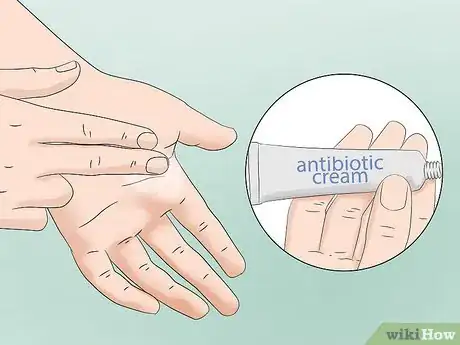
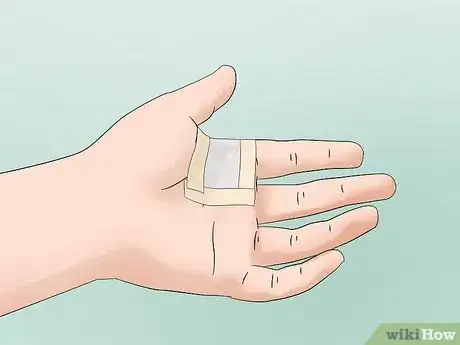



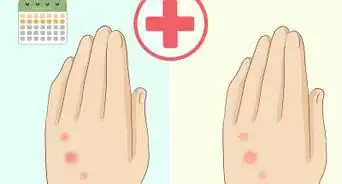

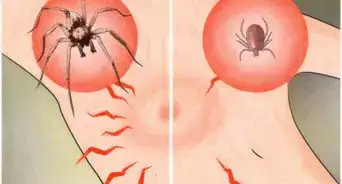



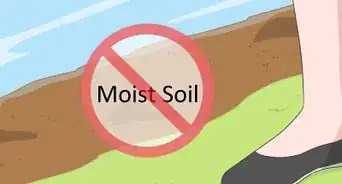

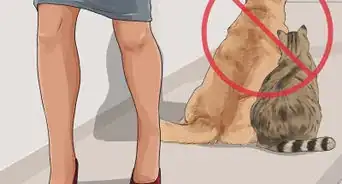
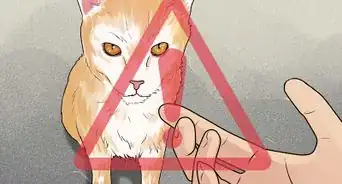
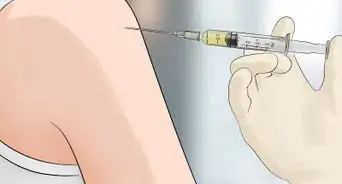

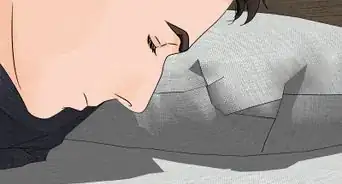
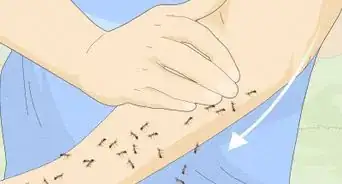







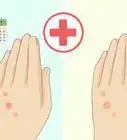
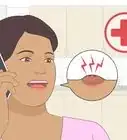
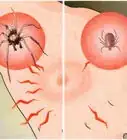




































Medical Disclaimer
The content of this article is not intended to be a substitute for professional medical advice, examination, diagnosis, or treatment. You should always contact your doctor or other qualified healthcare professional before starting, changing, or stopping any kind of health treatment.
Read More...